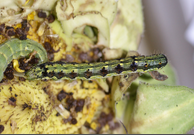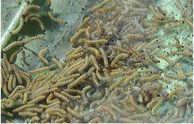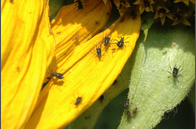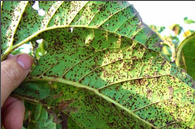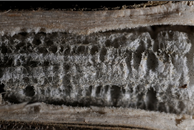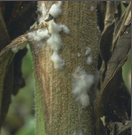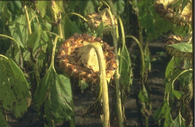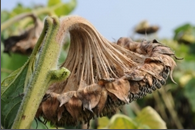General Information
Sunflower, the name "Helianthus" is derived from ‘Helios’ meaning ‘sun’ and ‘anthus’ meaning ‘flower’. It called as sunflower as it follow the sun, always turning toward its direct rays. It is important oilseed crop of country. Sunflower oil is most popular because of its light color, bland flavor, high smoke point and high level of linoleic acid which is good for heart patient. Sunflower seed contains about 45-50 percent edible oil.











